The 800-volt DC fast-charging that a handful of electric vehicles on the market are capable of at this point is widely seen as a technology advantage.
But not a single Tesla currently offers it. Nor does the Tesla Supercharger network in the U.S.
The odd thing about charging at 800 volts or higher, versus the 400 volts most EVs fast-charge at, is that when you’re plugged in at the charger, you might not even know it’s happening. Most vehicles or chargers that enable it don’t mark the occasion—outside of allowing some very fast charging in ideal conditions.

2022 Hyundai Ioniq 5 and Kia EV6 fast-charging - Lacey, WA
Most modern DC fast-charging equipment defaults to higher-voltage charging when the vehicle allows it, because it means you can deliver the same charge power with less current—and less resistance and heat, bringing a hands-on benefit of thinner, lighter connectors or cables for the power delivered.
In most cases though, any vehicles and chargers capable of this take advantage of it by instead upping the charge power and shortening the charge time. Ultimately the cells charge at the same voltage no matter what, so it’s all about the pack architecture and what’s done with the electrical current.
This advantage may also get a little muddled in the rush toward the Tesla North American Charging Standard (NACS) port, and I’ll explain why. But first, there’s some confusion to clear up.
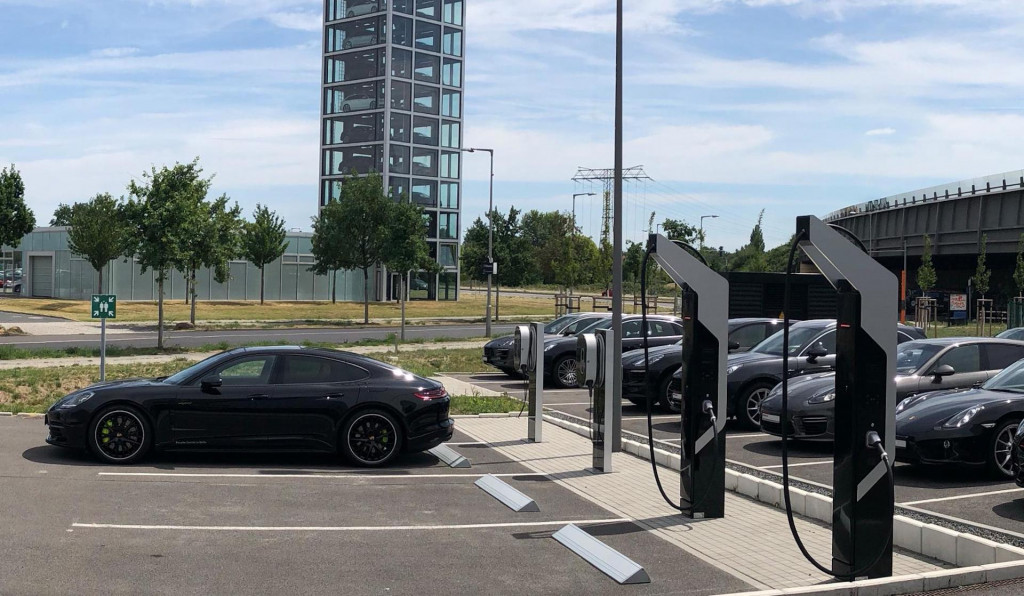
Porsche 800-volt charging stations installed at dealer
Where the 800V confusion starts
800-volt charging is not to be confused with 800-volt vehicle architectures—permitting motors, inverters, and other core components to run at higher voltage. That offers a different set of efficiency, performance, and weight-saving advantages, especially in tandem with high-voltage charging.
Although an 800-volt architecture helps maximize all those benefits, it isn’t necessary to reap what matters the most right now to a number of EV shoppers looking at road-trip viability—and how quickly they might get electrons into position in the battery pack's cells.
GM’s GMC Hummer EV, for instance, runs at 400 volts, and each layer of its dual-layer battery pack operates in some ways as an individual pack. In 400-volt charging, the packs are connected in parallel, but for 800-volt charging a switch allows them to be connected in series—like the cells in a long, multi-cell flashlight—to take advantage of the higher voltage.
That 800-volt “trick” permits the Hummer EV pickup, with its 205-kwh battery pack, to charge at 350 kw and gain nearly 100 miles of range in 10 minutes—despite its 400-volt system and its inefficiency compared to other EVs. And the big double-decker packs in the Chevy Silverado EV and GMC Sierra EV will charge the same way.
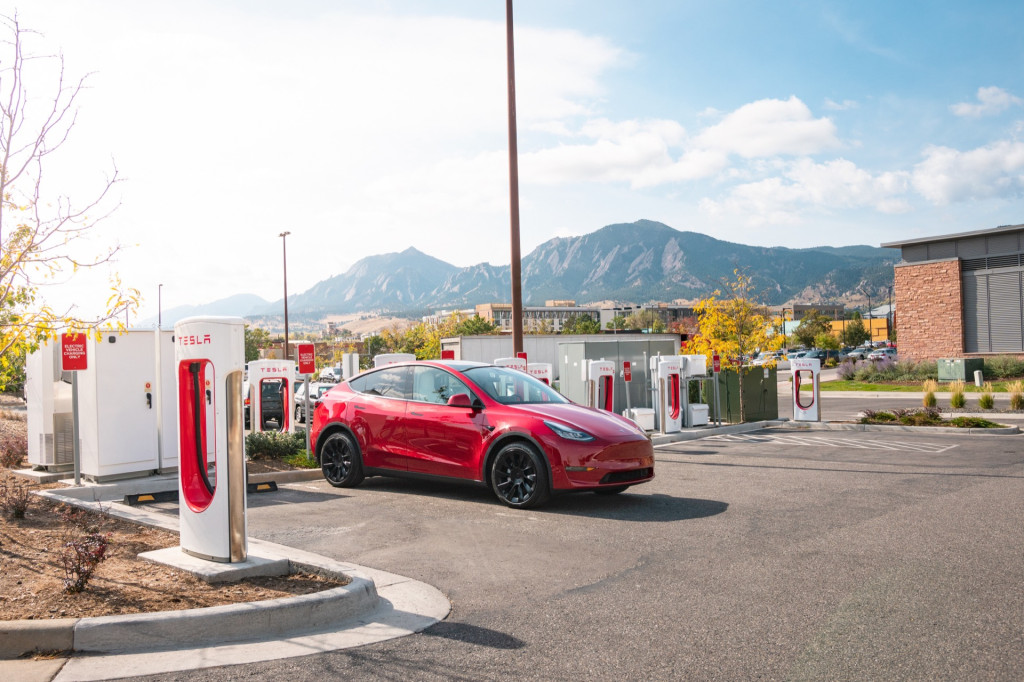
Tesla Supercharger
Why 800V matters more now than it did earlier this year
In recent weeks various automakers, most recently Mercedes-Benz, have stepped up to embrace Tesla’s NACS port. In its present V3 iteration, Tesla Supercharging tops out at 500 volts, and with the V4 hardware that the Tesla Cybertruck will take advantage of, Tesla will offer 1,000-volt capability, with a maximum power of 615 kw—and eventually 1,000 kw.
The Combined Charging System (CCS) is the port that, at present, comes on nearly all U.S.-market, non-Tesla EVs. It can deliver 350 amps of charge current at a voltage of up to 1000 volts—amounting to a standard maximum output of 350 kw. 400-kw CCS hardware is being made, and 700-kw hardware has been demonstrated.

GM EVs get Tesla Supercharger access in 2024
NACS remains a proprietary interface, but SAE International is working to make NACS a standard ahead of industry adoption. Currently Tesla models charge up to 480 volts, making a peak power around 250 kw feasible. With an adapter, most 400-volt EVs would be able to charge on the Supercharger network at essentially the same rates that they see on CCS chargers.
Adapter hardware isn’t here yet; and even when it is, with higher-voltage charging, it will be new territory to design a CCS plug adapter so that models like the GMC Hummer EV might ever see 800-volt charging at the power levels that customers would expect.
That’s why no automaker so far has said they’ll start putting the Tesla port on EVs before 2025. In a big-picture sense, it hinges on Tesla being able to get that next-generation hardware (including the adapters) out. Tesla doesn’t yet have a passenger vehicle or personal truck that takes advantage of higher-voltage DC fast-charging. Likewise, even though BMW, Ford, Mercedes-Benz, Nissan, Rivian, Volkswagen, and Volvo have all offered multiple EVs, none of them as of yet have taken advantage of 800-volt or higher charging.

2022 Lucid Air fast-charging in Garberville, CA
Hyundai, Kia, and Porsche have the most 800-volt-charging capable vehicles in the U.S.—a simple explanation for why none of them have rushed to embrace NACS. Neither has Lucid, which depends on it to see its industry-leading charge times.
For that reason, GM made a particularly bold decision and its big electric trucks will be one of the first test cases for whether NACS can deliver what’s needed quickly enough.
EVs with 800V charging
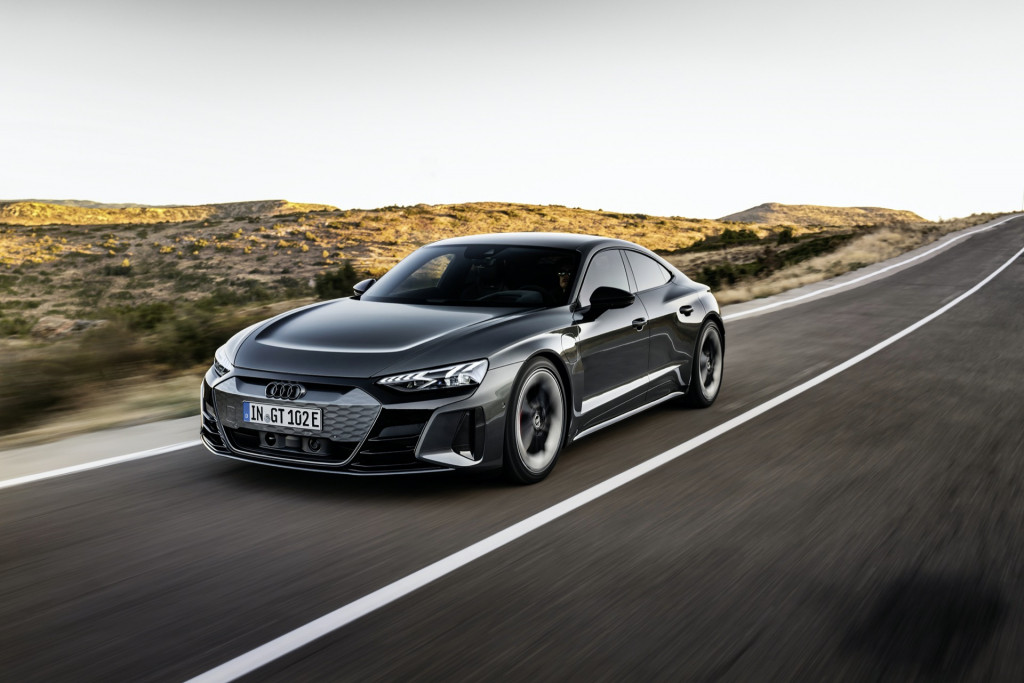
2022 Audi E-Tron GT

2022 Porsche Taycan GTS Sport Turismo
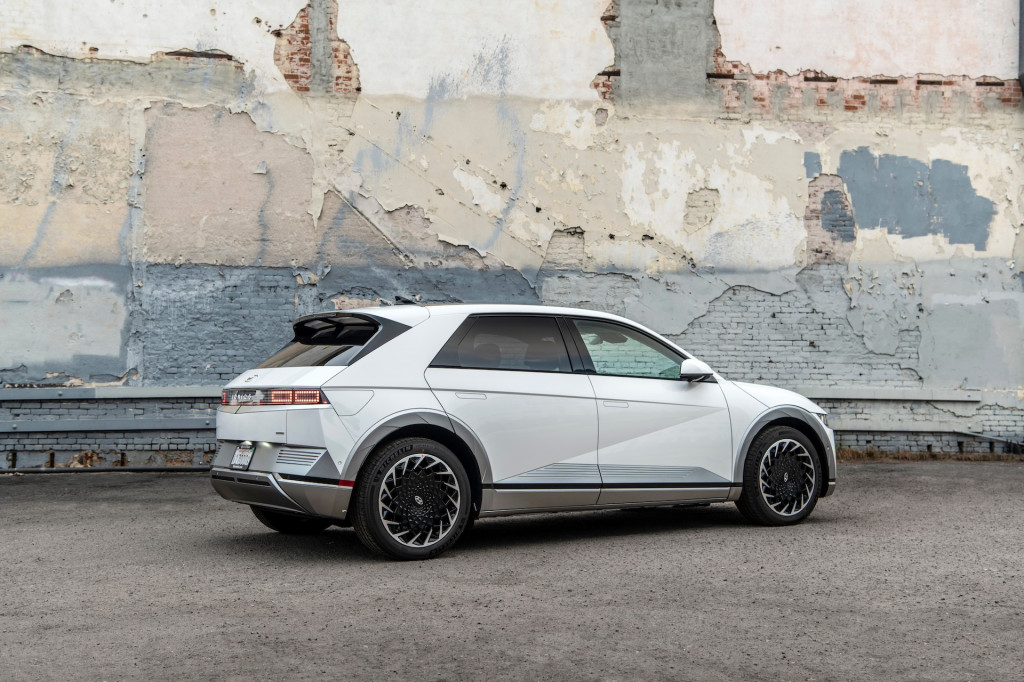
2023 Hyundai Ioniq 5
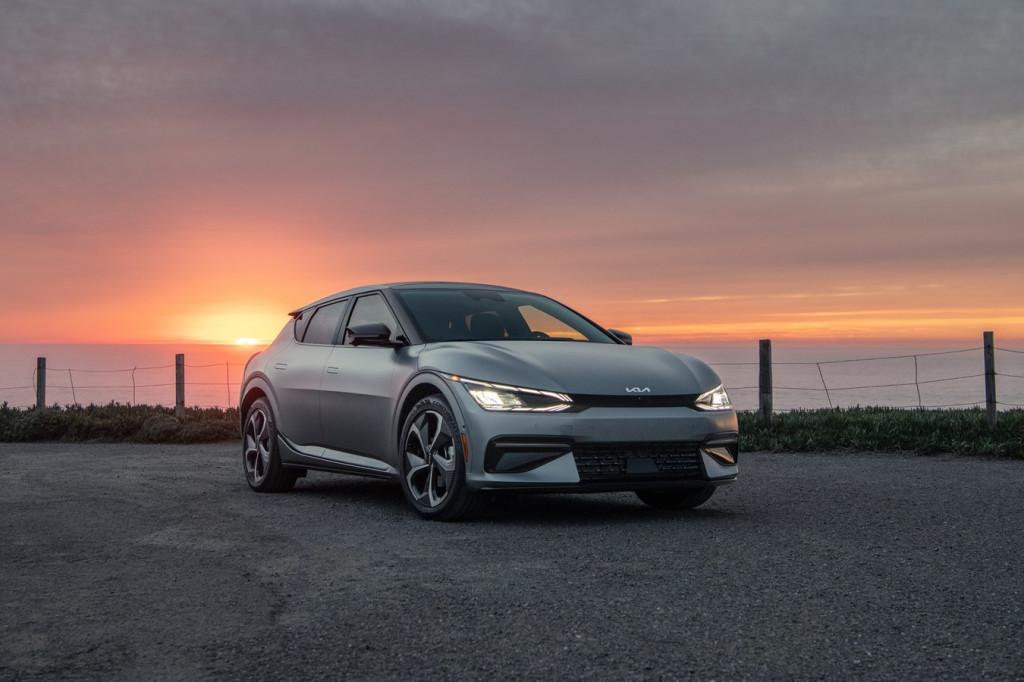
2022 Kia EV6
Here’s the quite limited list of EVs that, today, can exploit fast-charging at 800 volts or higher for the shortest road-trip charging stops, along with their official automaker estimates:
Audi E-Tron GT
DC fast-charging time: 5-80% in 22.4 minutes
Peak power: 270 kw
GMC Hummer EV
DC fast-charging time: 100 miles in 10 minutes, or 10-80% in less than an hour
Peak power: 350 kw
Hyundai Ioniq 5
DC fast-charging time: 10-80% in 18 minutes
Peak power: 235 kw
Hyundai Ioniq 6
DC fast-charging time: 10-80% in 18 minutes
Peak power: 235 kw
Kia EV6
DC fast-charging time: 10-80% in 18 minutes
Peak power: 235 kw
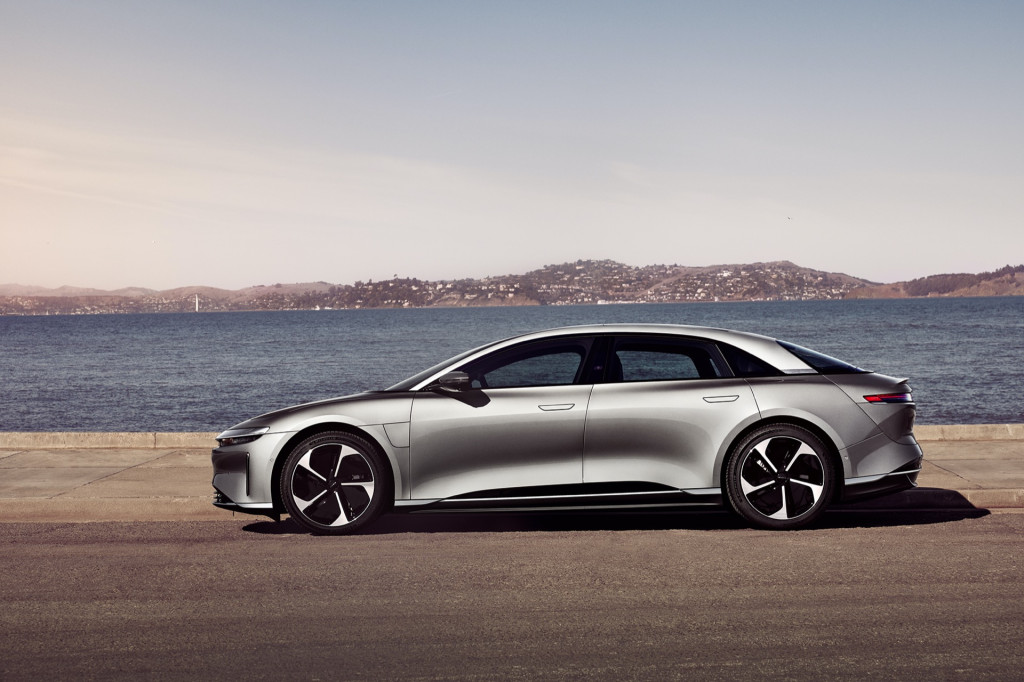
2023 Lucid Air Touring

GMC Hummer EV
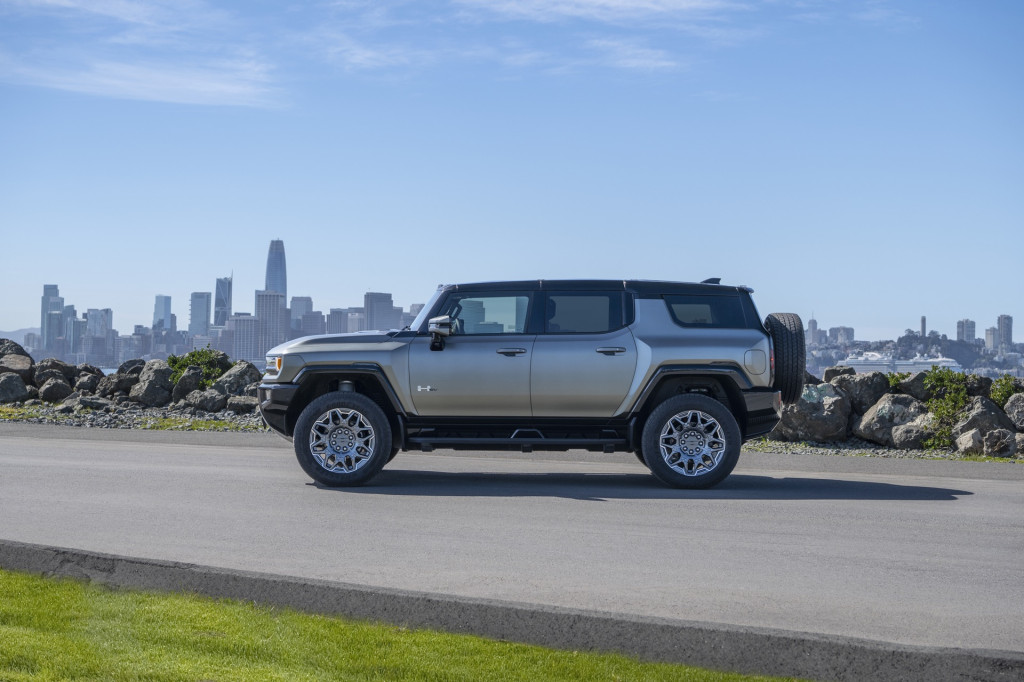
2024 GMC Hummer EV SUV
Lucid Air
DC fast-charging time: 300 miles in 20 minutes
Peak power: More than 300 kw
Porsche Taycan
DC fast-charging time: 5-80% in 22.5 minutes
Peak power: 270 kw
Some future EVs with 800V charging
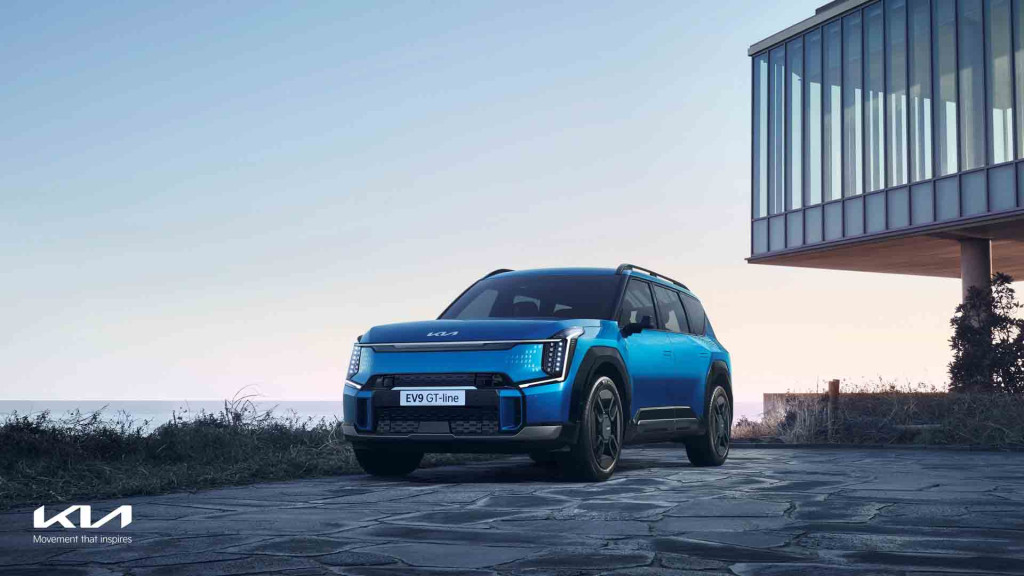
2024 Kia EV9
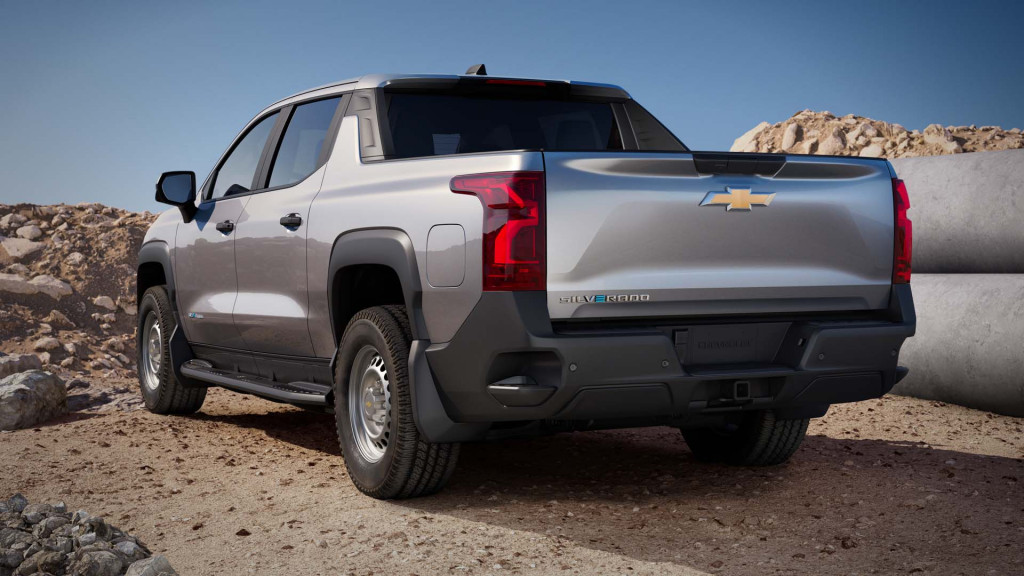
2024 Chevrolet Silverado EV
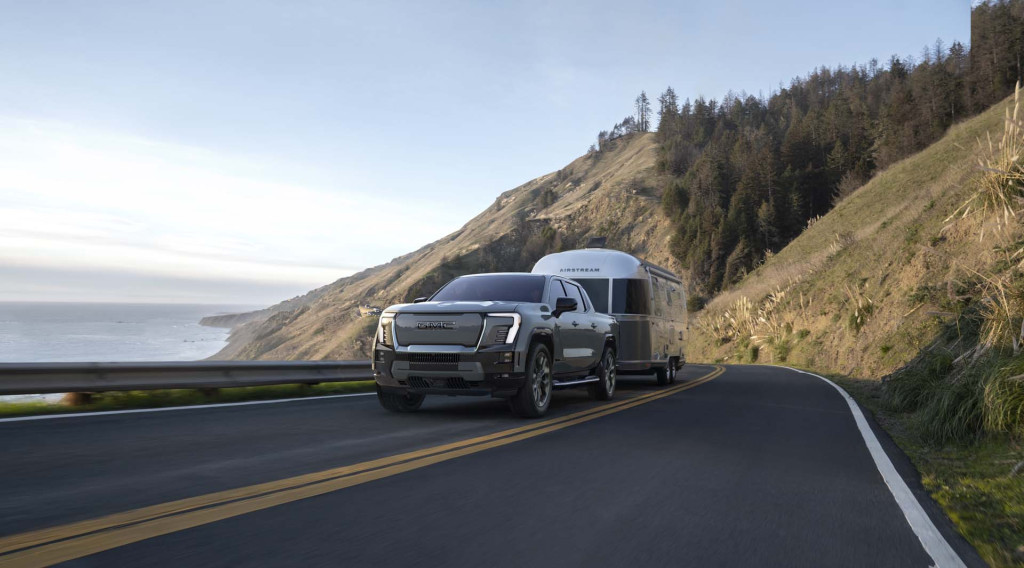
2024 GMC Sierra EV Denali Edition 1
And here are the EVs expected to arrive for the 2024 model year with charging at 800V or higher:
Chevrolet Silverado EV
GMC Sierra EV
Kia EV9
Lucid Gravity
Tesla Cybertruck













